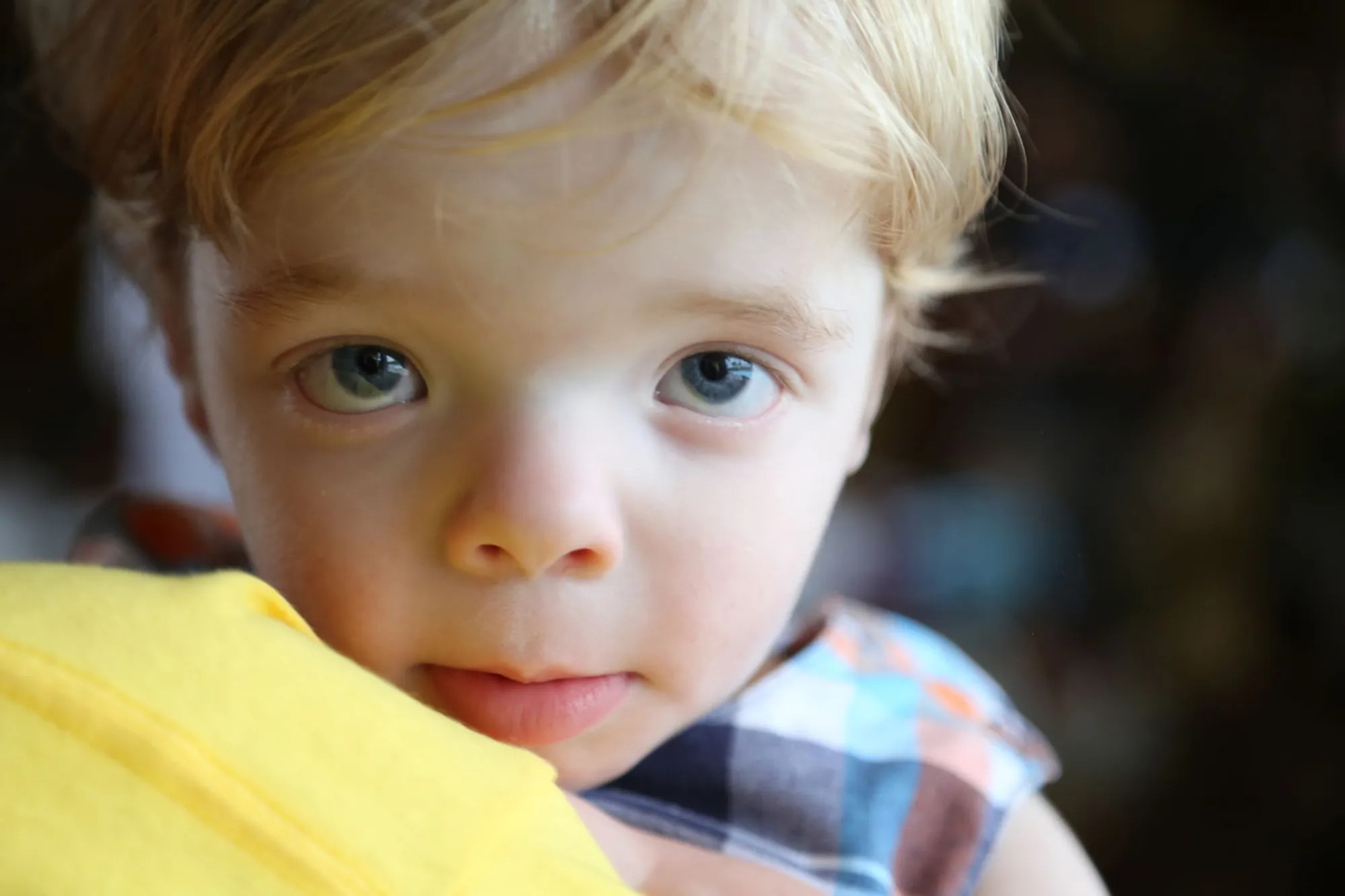
Coffin–Lowry Syndrome is a rare genetic disorder that affects multiple parts of the body. Caused by mutations in the RPS6KA3 gene, it primarily impacts males more severely than females. This condition is characterized by intellectual disability, distinctive facial features, and skeletal abnormalities. Individuals with Coffin–Lowry Syndrome often exhibit delayed development, short stature, and heart issues. The syndrome can also lead to hearing loss and dental problems. Understanding the complexities of this disorder helps in providing better care and support for those affected. Early diagnosis and intervention are crucial for managing symptoms and improving quality of life.
Key Takeaways:
- Coffin-Lowry Syndrome is a rare genetic disorder causing intellectual disability and unique facial features. It requires ongoing care and support from family, healthcare providers, and educators for better quality of life.
- Individuals with Coffin-Lowry Syndrome may experience delayed development, skeletal abnormalities, and medical complications such as heart problems and seizures. Treatment options include physical therapy, speech therapy, and educational support tailored to their needs.
What is Coffin–Lowry Syndrome?
Coffin–Lowry Syndrome (CLS) is a rare genetic disorder that affects multiple parts of the body. It is primarily characterized by intellectual disability, distinctive facial features, and skeletal abnormalities. Here are some fascinating facts about this condition.
-
Genetic Cause
CLS is caused by mutations in the RPS6KA3 gene, which is located on the X chromosome. This gene plays a crucial role in cell signaling and brain development. -
Inheritance Pattern
The syndrome follows an X-linked dominant inheritance pattern. This means that males are more severely affected than females because they have only one X chromosome. -
Distinctive Facial Features
Individuals with CLS often have unique facial characteristics, including a prominent forehead, widely spaced eyes, a broad nose, and a thickened upper lip.
Symptoms and Diagnosis
Understanding the symptoms and how CLS is diagnosed can help in managing the condition better.
-
Intellectual Disability
Most individuals with CLS have some degree of intellectual disability, which can range from mild to severe. -
Delayed Development
Children with CLS often experience delayed development in motor skills such as sitting, crawling, and walking. -
Skeletal Abnormalities
Common skeletal issues include short stature, scoliosis (curved spine), and pectus excavatum (sunken chest). -
Hearing Loss
Some people with CLS may experience sensorineural hearing loss, which affects the inner ear or the auditory nerve.
Medical Complications
CLS can lead to various medical complications that require attention and care.
-
Heart Problems
Some individuals may have heart defects, including mitral valve prolapse and aortic dilatation. -
Seizures
Seizures are relatively common in CLS and can vary in type and severity. -
Obesity
Obesity is a frequent issue, often due to a combination of low muscle tone and reduced physical activity.
Treatment and Management
While there is no cure for CLS, various treatments can help manage the symptoms.
-
Physical Therapy
Physical therapy can help improve motor skills and muscle strength. -
Speech Therapy
Speech therapy is often beneficial for improving communication skills. -
Educational Support
Special education programs tailored to the individual's needs can significantly enhance learning and development.
Living with Coffin–Lowry Syndrome
Living with CLS involves ongoing care and support from family, healthcare providers, and educators.
-
Family Support
Families play a crucial role in providing emotional and practical support to individuals with CLS. -
Regular Monitoring
Regular medical check-ups are essential to monitor and manage the various health issues associated with CLS. -
Community Resources
Access to community resources, such as support groups and specialized services, can make a significant difference in the quality of life. -
Advocacy and Awareness
Raising awareness about CLS can help in advocating for better resources and support for affected individuals and their families.
Understanding Coffin–Lowry Syndrome
Coffin–Lowry Syndrome (CLS) is a rare genetic disorder that affects many parts of the body. It’s caused by mutations in the RPS6KA3 gene. People with CLS often have intellectual disabilities, distinctive facial features, and skeletal abnormalities. Early diagnosis and intervention can improve quality of life for those affected.
Support from healthcare professionals, educators, and family members is crucial. Genetic counseling can help families understand the risks and implications of CLS. While there’s no cure, treatments focus on managing symptoms and providing supportive care.
Raising awareness about CLS can lead to better resources and support for those living with the condition. By understanding the challenges and needs of individuals with CLS, we can foster a more inclusive and supportive community. Knowledge and compassion go a long way in making a difference in the lives of those affected by Coffin–Lowry Syndrome.
Frequently Asked Questions
Was this page helpful?
Our commitment to delivering trustworthy and engaging content is at the heart of what we do. Each fact on our site is contributed by real users like you, bringing a wealth of diverse insights and information. To ensure the highest standards of accuracy and reliability, our dedicated editors meticulously review each submission. This process guarantees that the facts we share are not only fascinating but also credible. Trust in our commitment to quality and authenticity as you explore and learn with us.
